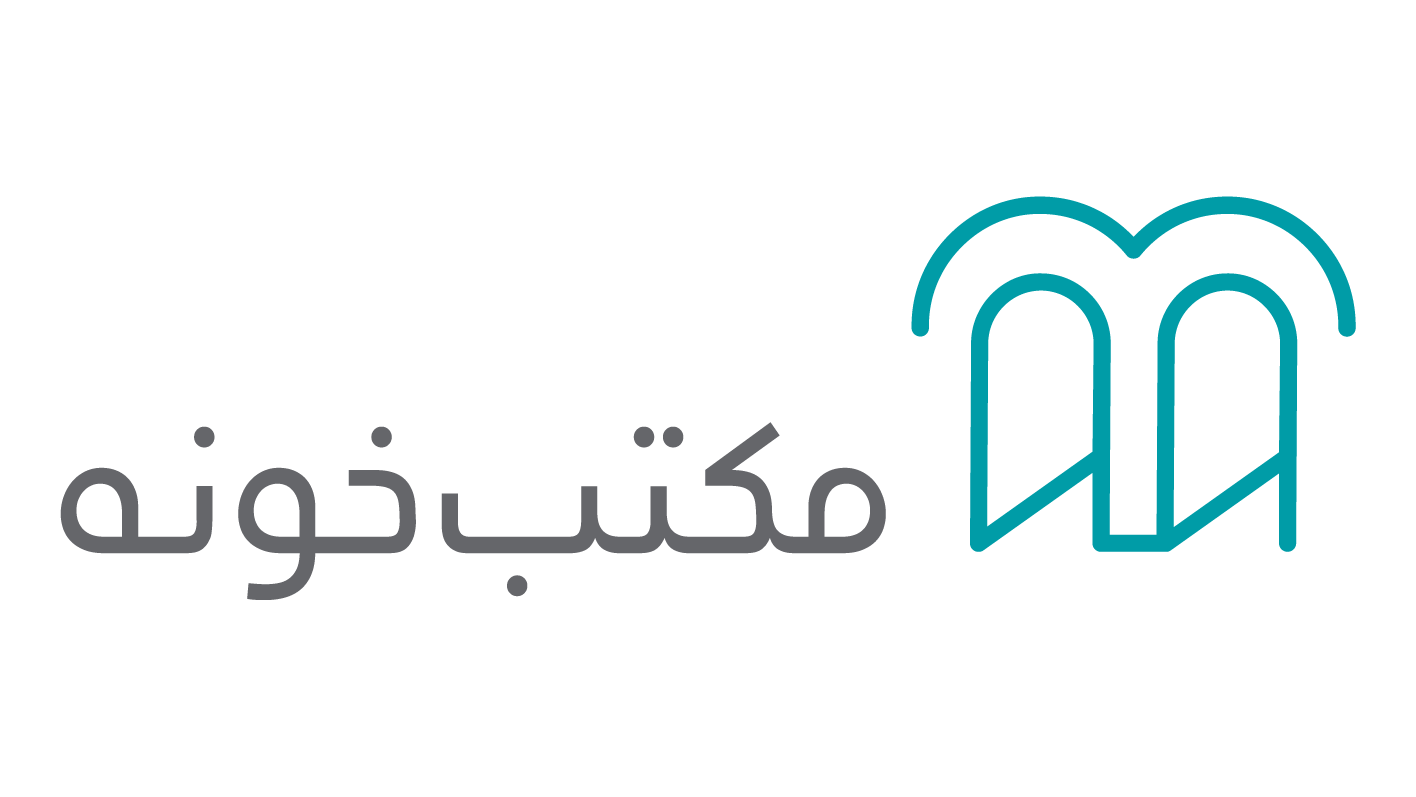Welcome back to module two of English for
Management and Leadership. In this second video on
business communication, we will focus on the specific
challenges of remote meetings, such as conference or video calls. Both as a facilitator and
as a participant. This module scene was a meeting that
included a few call ins from participants. And the next module scene,
you'll see some more examples. A meeting involving a conference call
will use many of the same best practices as a meeting where all
participants are in the same room. In our last module, we discussed
the importants of having an agenda. Keep in mind however that
an hour in a conference call is not the same as an hour
in a face to face meeting. For one you will probably not be
able to get as much accomplished. Because getting input from many people
over the phone takes more time. Also since more concentration
is required for a conference call,
fatigue will set in sooner as well. But what are some of the strategies for
ensuring a successful conference call? First of all, try to keep the group small. Conference calls with many participants
can get very confusing and can meet lot of downtime for participants. And keep the meeting as short as possible. If you do have a longer call, offer to
schedule guests at a particular time so they don't have to be on the line for
the entire meeting. Elizabeth did this, for
example, with Don Holt. She scheduled his call and
offered him the floor so he could say what needed to be said. And then you could leave the meeting. This kind of scheduling is helpful when an
individual has only a key point to make, or important but
brief information to share. Another helpful strategy
is to select a moderator. This doesn't have to be the person
who's running the meeting. In other words, you can have
a facilitator and a moderator. The moderator is then someone whose
role it is to set the pace and tone of the meeting. Who will be careful to
include opportunities for those on the line to have
an opportunity to participate. Who will remind people to let
everyone know who's speaking. So these are the general tips for
running a conference call. But now let's focus on what you
can do when you're on the line. First of all, be prepared. Review the agenda and have any materials
ready that you will need to participate. Including the call in number and
pass code. Find a quiet place and
work to eliminate background noise. Be sure to check that your equipment is
working, and call in a few minutes early. Secondly, when speaking announce yourself,
so that others who may not know who you are, or they not recognize your voice,
can understand who's speaking. During the call, pay attention. It can be tempting to try to answer
an e-mail or two during lulls, but focused attention makes these
meetings go much more smoothly. Also, be sure to mute your
phone when you're not speaking. I know when I'm working from home and on a call, one of my dogs is
guaranteed to start barking. I try to keep my finger ready
on the mute button, but sometimes I wish my dog had a mute button. Let's review the key takeaways for
this lesson. Remember to have an agenda
to keep everyone on topic. Consider enlisting a moderator
to help manage the call. As a participant find a quiet place and
make good use of the mute button. We'll talk more about conference
calling in module three. Specifically the strategies that you can
use as a non-native speaker of English to participate effectively in these calls. Be sure to watch for that. Thanks for watching English for
management and leadership.
